Thank you for reading Between the Layers! Please enjoy and share this free post with your friends. THE RECENT TALK ABOUT THE GULF OF MEXICO, an aqua-blue 600,000-square-mile body of water to my south, brought back some memories. As a child, Gulf beaches were where we vacationed, inhaled fried shrimp, and got terribly sunburned. As a parent, they were where we brought our children (a bit better prepared for the sun) on inexpensive holidays to board fake pirate ships, build white sand castles, and devour fat slices of Key lime pie. I can’t imagine how the Spanish explorers searching for new world gold and silver might have been greeted by the ‘’El Golfo de Mexico’’ in the early 1500s. Surely they were introduced to the Gulf’s beauty as we were and also its devastating temperament. My Florida cousins knew Gulf hurricanes. They grew up in St. Petersburg, midway up the western coast of the state and were accustomed to a storm drill. When visiting as a teenager I learned their floors were tile, not wood, to withstand flooding. An attic overhead was large enough to store rugs and furniture should a storm barrel through. The worst storm of all Gulf storms was the 1900 Great Galveston (Texas) Hurricane, according to Jack E. Davis in his Pulitzer-prize winning book The Gulf: The Making of an American Sea. The storm, which killed at least 8,000, was made even worse because beachgoers from Houston had taken advantage of a weekend special that transported them to the once thriving Gulf city by rail. In 2005, Hurricane Katrina slammed into New Orleans and the Gulf coast, wiping out neighborhoods and long-standing communities. Katrina was smaller than most hurricanes in size but a category 5 storm with winds over 157 miles per hour. It resulted in 2,500 deaths, 300,000 homes destroyed, and $130 billion in damages. If there is one recipe that sums up the Gulf to me-well, make that two recipes—it is Blackened Redfish followed by Key Lime Pie. The citrus pie speaks of the people who lived along the Gulf making something lovely in spite of scarcity of ingredients. For this pie, they juiced small local limes from their own trees and used the only milk they had—canned sweetened condensed, shelf-stable, and sold at the local dry goods store. The fish recipe, on the other hand, says more about a stroke of genius and how ‘’man’’ has influenced the Gulf. In 1979, chef Paul Prudomme, a hefty Cajun cook who learned the ways of the kitchen from his mother in rural Opelousas, Louisiana, heated up a cast iron skillet until it was so hot it turned ash gray in color. He brushed fillets of a firm, white local Gulf fish called ‘’redfish,’’ or more correctly, red drum, with butter and coated the fish with seasonings—salt, pepper, paprika, cayenne, garlic—and tossed it into the skillet. It’s one of those stories that has always mystified me. Did a chef so skilled, trained at Le Pavilion Hotel and Commander’s Palace unknowingly leave the skillet over the fire too long, and when the fish was added, the spices were blackened? I mean, we all make mistakes and often great recipes are born from them. Or was it the fault of a hurried sous chef who realized the error and set the fish aside because it was deemed unfit for the restaurant’s high-brow clientele? He took a bite and then shared it with executive chef Prudhomme, and their eyebrows raised. When Paul Prudhomme opens K-Paul’s, his own restaurant in the French Quarter, that same year, Blackened Redfish is on the menu. And it was so well received that for the next decade it was the most famous dish in town. The year 1985 was deemed year of the blackened redfish, according to food critics such as Craig Claiborne of the New York Times. To fulfill the demand of redfish to be blackened in fine restaurants and casual eateries across America, fishermen headed to the Gulf and nearly depleted the redfish population. Fortunately, conservationists were on it, and state laws saved the redfish. The Florida Fish and Wildlife Conservation Commission imposed limits on how many redfish could be caught in state waters, what size (no more than 27 inches to protect the larger fish of spawning size), and how they could be caught. Texas followed. Today, thanks to their efforts, redfish are still fished in state waters and restrictions are still in place. (It gets complicated because redfish cannot be fished in federal waters, which vary state to state.) Most of the real redfish goes to restaurant kitchens along the Gulf shore. Ironically, before Paul Prudhomme and his kitchen created this classic Gulf recipe, redfish was one of the least fished species, selling for 25 cents a pound. Today we home cooks can take a page from Prudhomme’s playbook but use trout or snapper, or any firm local white fish, instead. During Katrina, Prudhomme’s restaurant was forced to close, but he and his staff prepared more than 6,000 free meals for relief workers and were recognized for their humanitarian efforts. Prudhomme died in 2015 at 75.
When I first heard President Trump had issued an executive order to change the name of the Gulf of Mexico to the Gulf of America, I thought he was joking. But it’s no joke, and as the story has unfolded, it’s a distraction, says The Bitter Southerner. So they printed t-shirts, and of course, I bought two!. The Associated Press, an independent news organization, refused to follow Trump’s suggested name change in news stories as well as its AP Stylebook, used by international and U.S. journalists. As a result, AP reporters were barred from White House press ‘’pools,’’ smaller briefings they have been a part of for more than a century, says The Atlantic’s Jonathan Chait. Last Friday, the AP sued three Trump administration officials over access, citing freedom of speech and a violation of the first amendment to the U.S. Constitution. “The press and all people in the United States have the right to choose their own words and not be retaliated against by the government,” the AP said in the lawsuit. Meanwhile, the Gulf of Mexico remains a powerful force and according to author Jack Davis, ‘’will write its own history.’’ - xo, Anne And now, that simply delicious pie… Do you have a Gulf of Mexico memory?A Faster Egg-Free Key Lime Pie:
THE RECIPE: Classic Blackened Redfish or Red SnapperHere is my adaptation of this revolutionary recipe that I shared with BTL readers about two years ago. It’s a good one to repeat what with spring approaching. Take this recipe outdoors and cook on the grill because of the smoke that comes out of the skillet while blackening. At the very least, turn on the fan over your stove! And pull out the cast iron skillet or something heavy that disperses heat evenly for this recipe. Round out the meal with steamed rice and the best cole slaw to cool things down. Makes 2 to 4 servings Prep: 20 to 25 minutes Cook: 4 to 5 minutes
You’re on the free list for Anne Byrn: Between the Layers. If you’re liking what you’re reading, why don’t you become a paying subscriber for more recipes, stories, and content. |







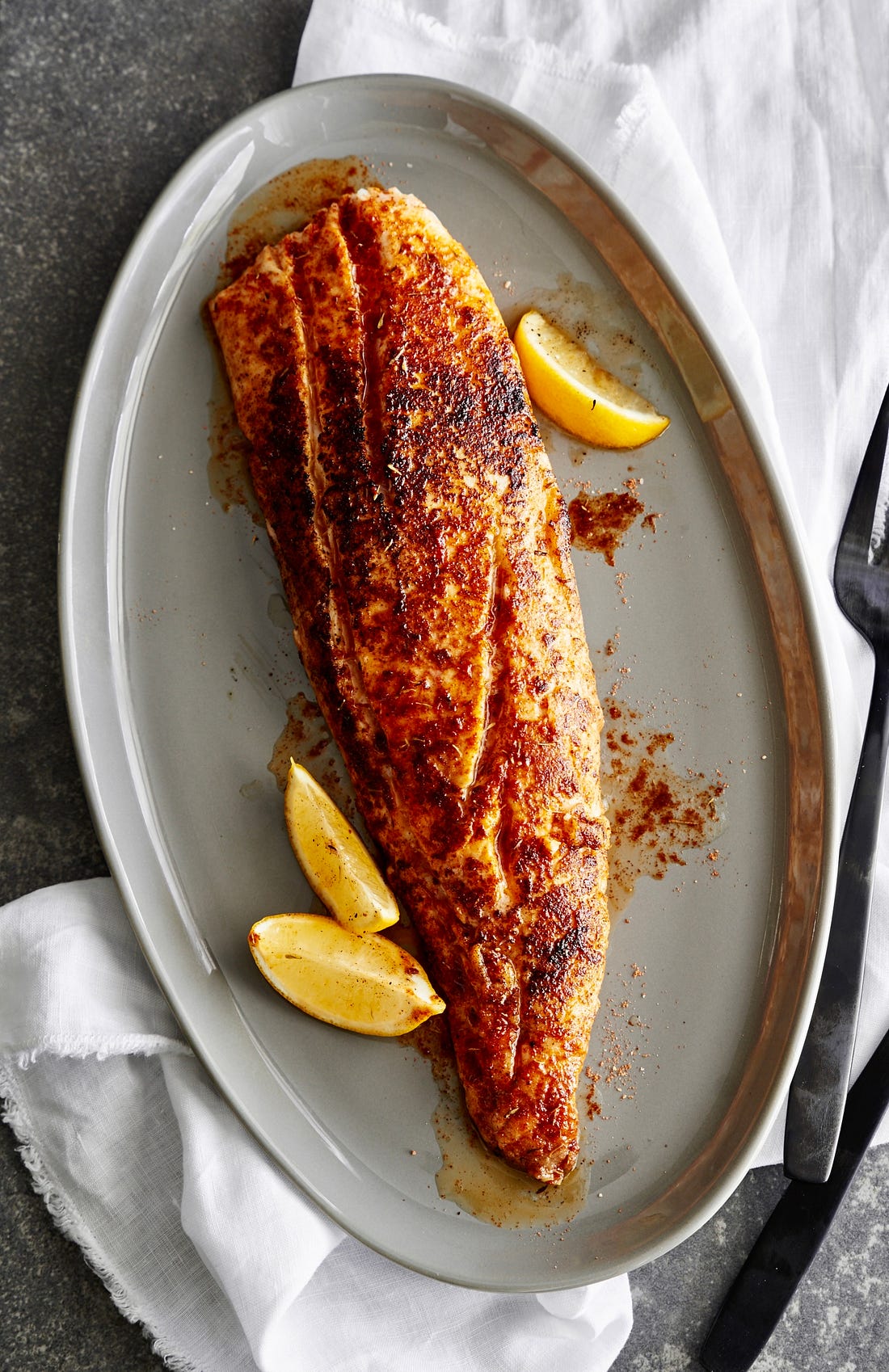

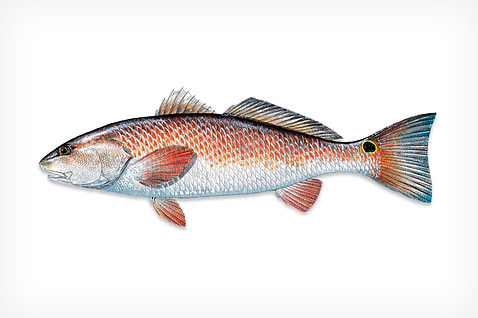
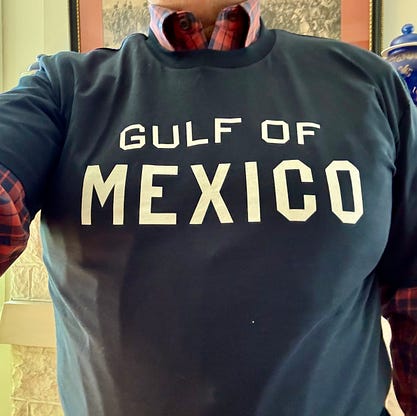
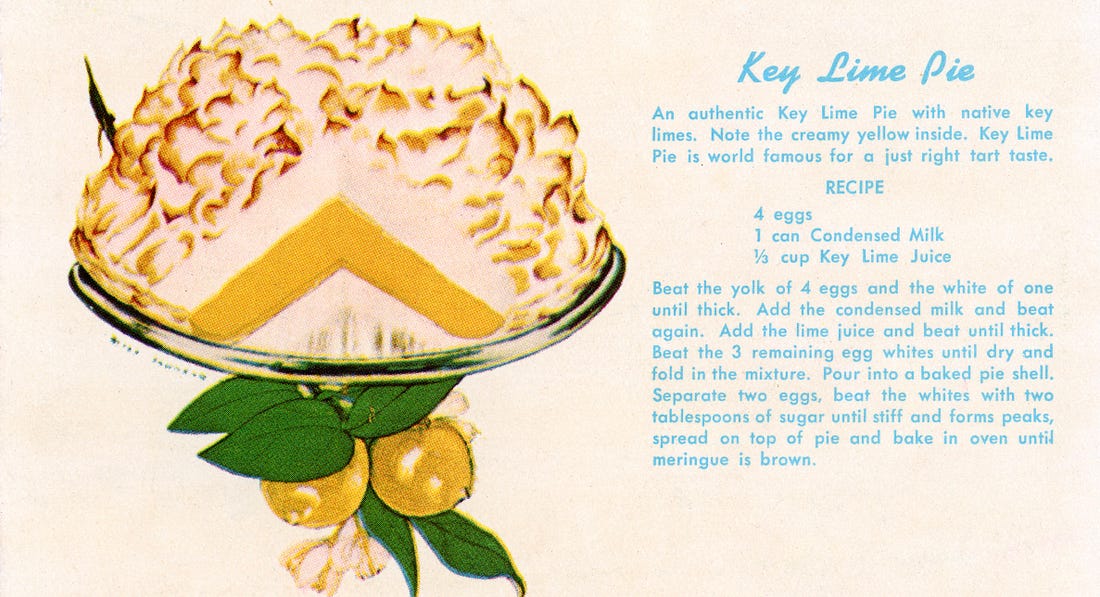
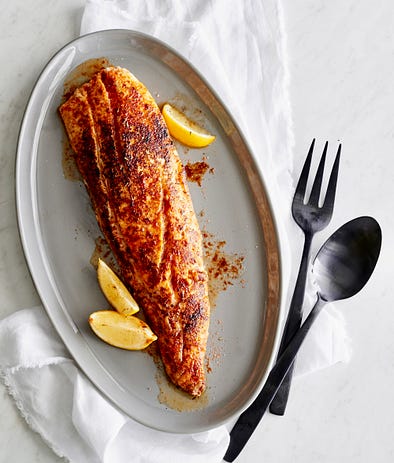
0 comments:
Post a Comment